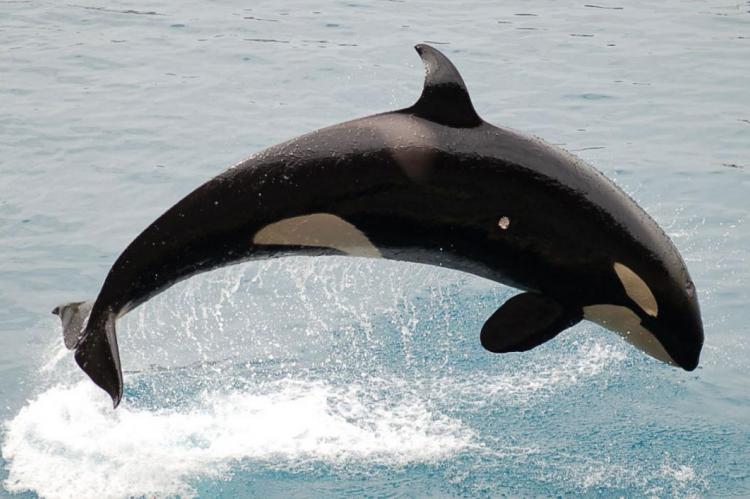Orca may be several species
Mitochondrial DNA sequencing support the theory the rare type D orca, which is only found around Antarctica, might be a distinct species
Type D orcas have blunt heads, small white eye spots, and narrow, curved dorsal fins.
Scientists aren’t sure whether the orcas might be a distinct species, or a subspecies. Now, the team is hoping to collect samples from living animals and construct a more complete genomic picture using sequences from the DNA inside the nucleus of their cells.
Phillip Morin at NOAA’s Southwest Fisheries Science Center compared the mitochondrial sequence of a type D orca samle kept at a museum in New Zealand to a reference sequence from Southern Ocean killer whales.
When Morin looked to see which killer whales the Type Ds were most closely related to, he found that they shared a most recent ancestor with the mammal-hunting North Pacific transients. Based on the number of mutations that had built up in their mitochondrial DNA, Morin estimates that the two whales diverged from their last common ancestor around 400,000 years ago.
Together, the two groups form a long branch in the evolutionary tree of killer whales and suggest that with more sequencing, more species will come. Most recently, complete mitochondrial sequencing indicates the two Antarctic groups that eat seals and fish should be recognized as distinct species, as should the North Pacific transients, leaving the others as subspecies pending additional data.
"Clearly they’re on a divergent path. It’s just a matter of how far down that path they’ve gone,” said Morin.





























